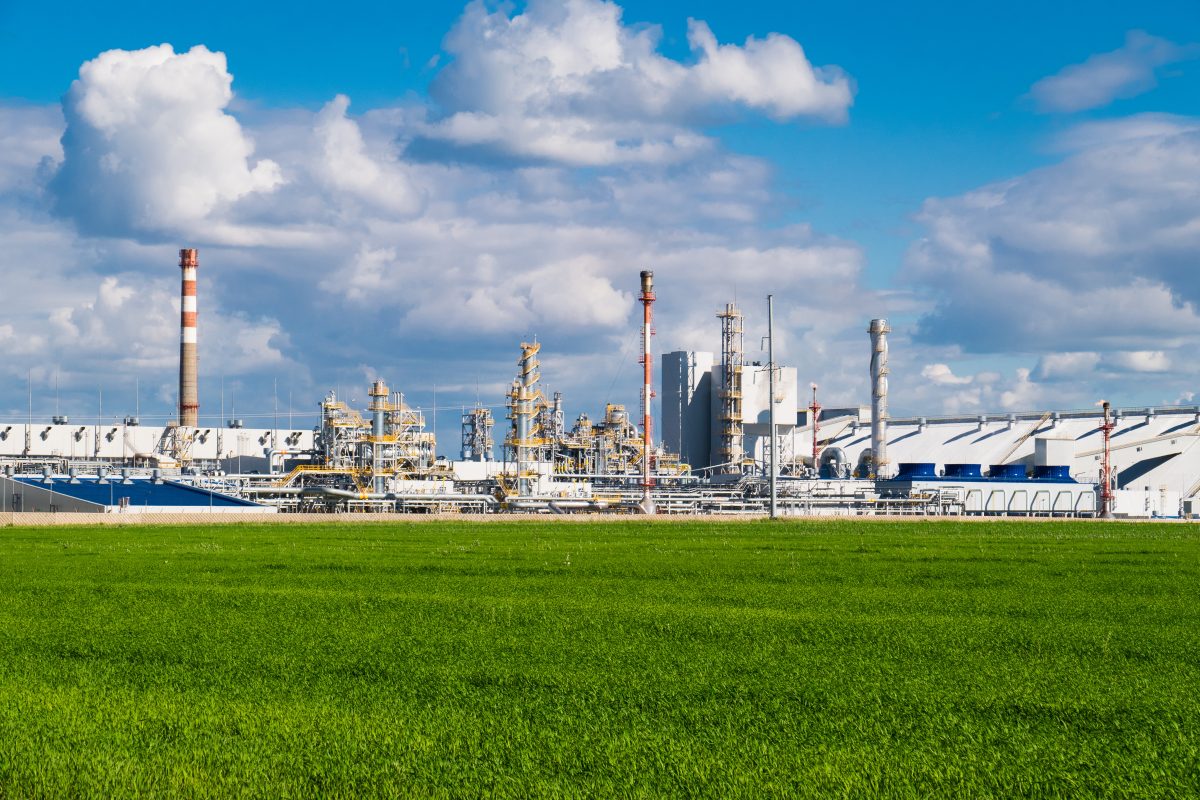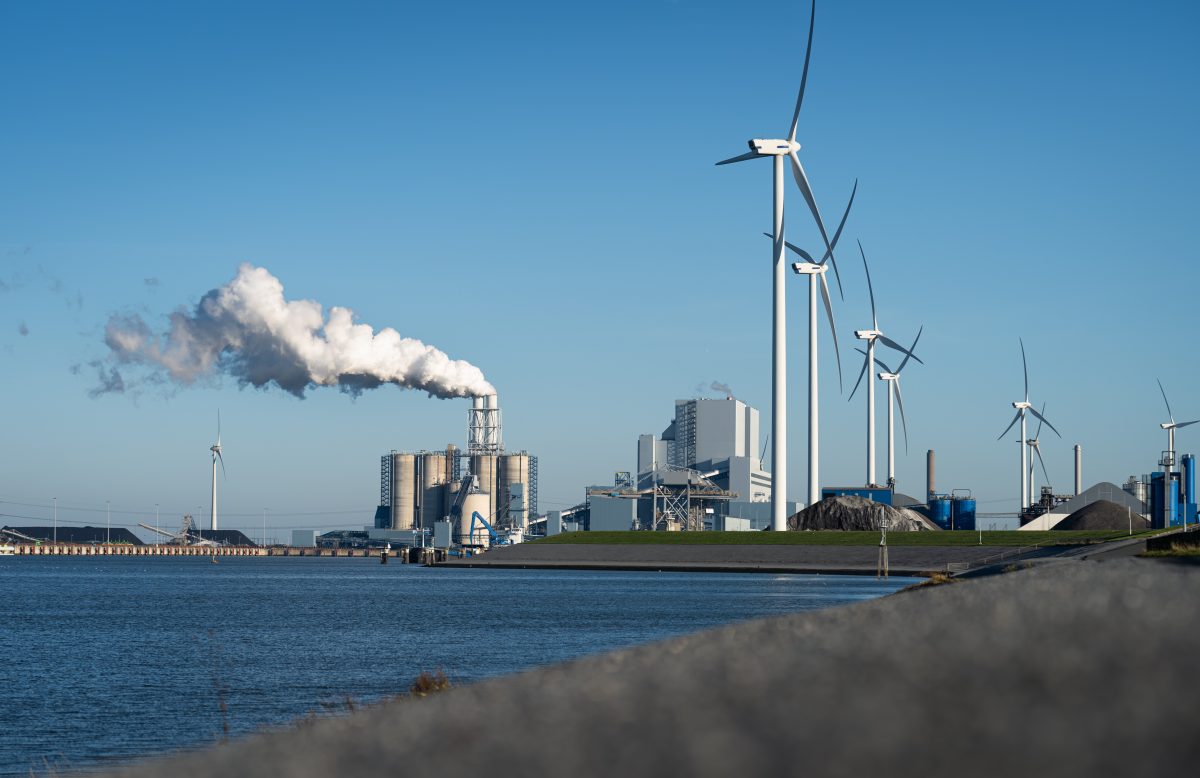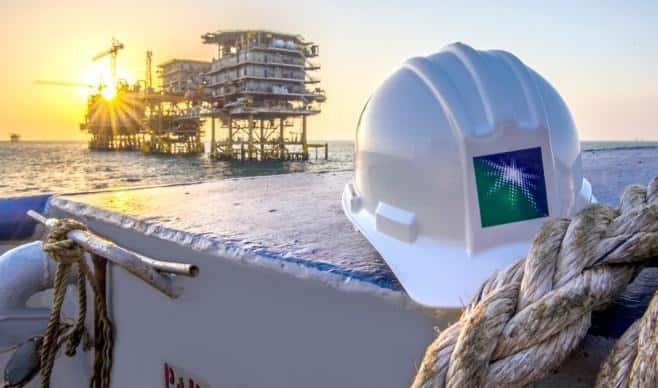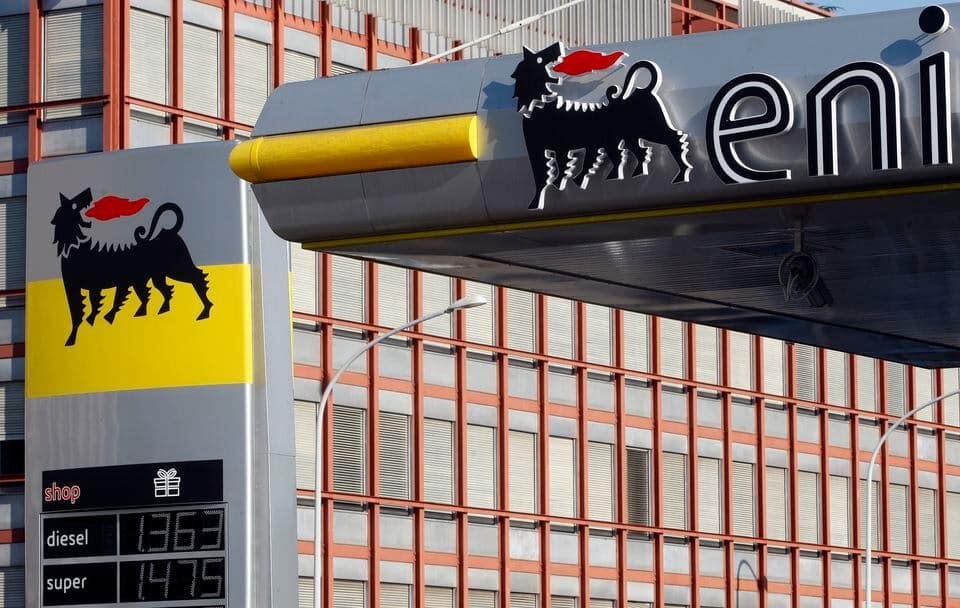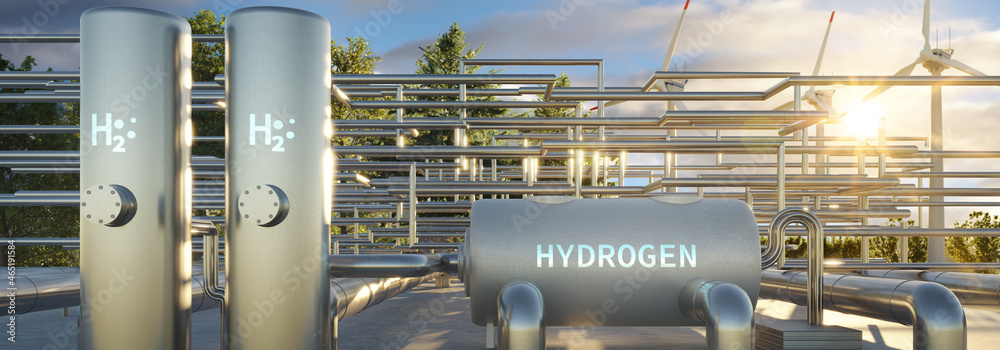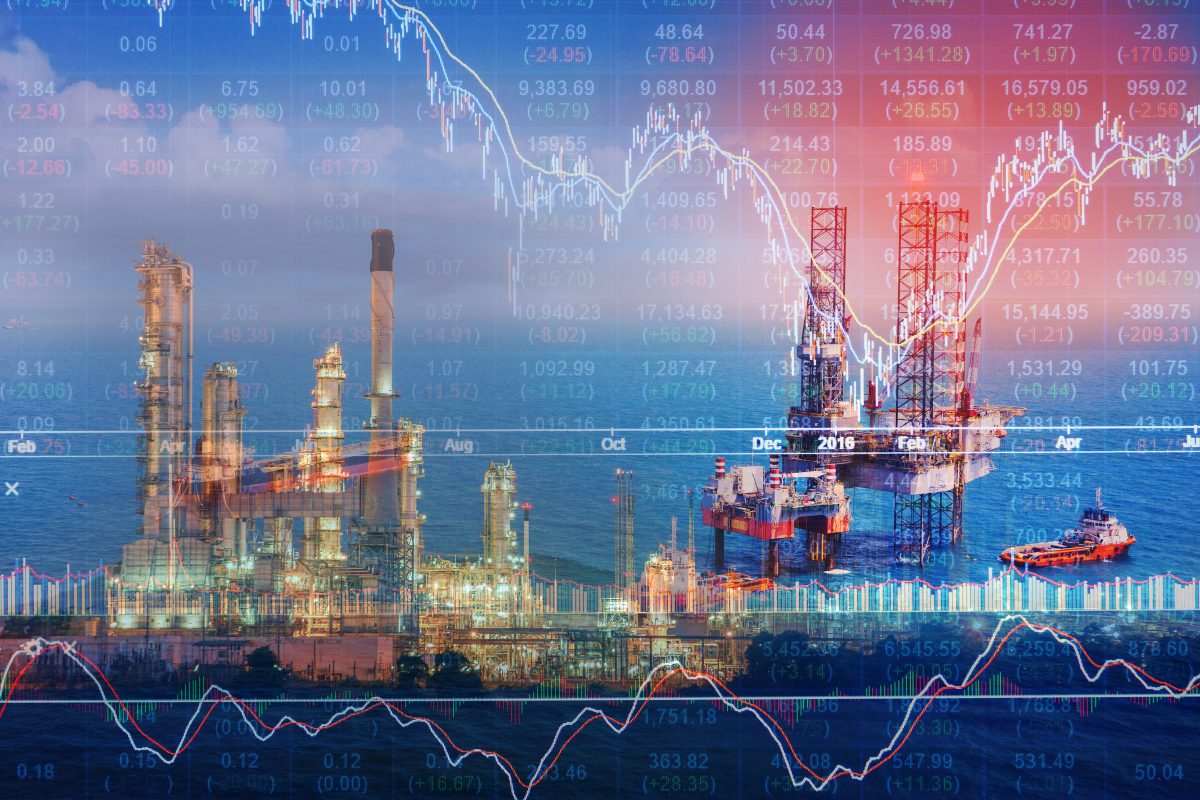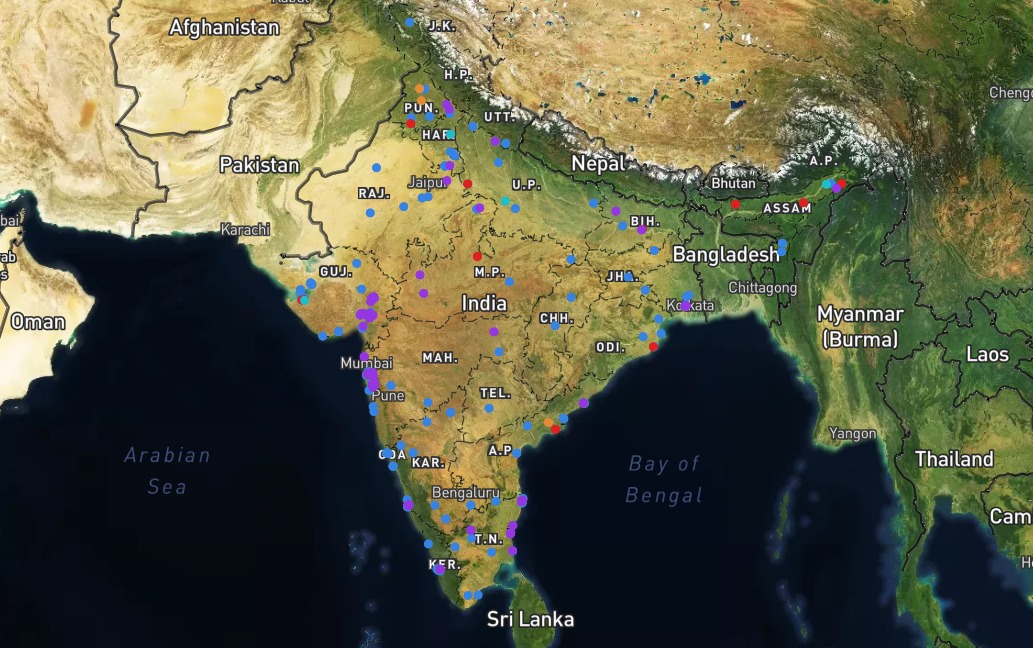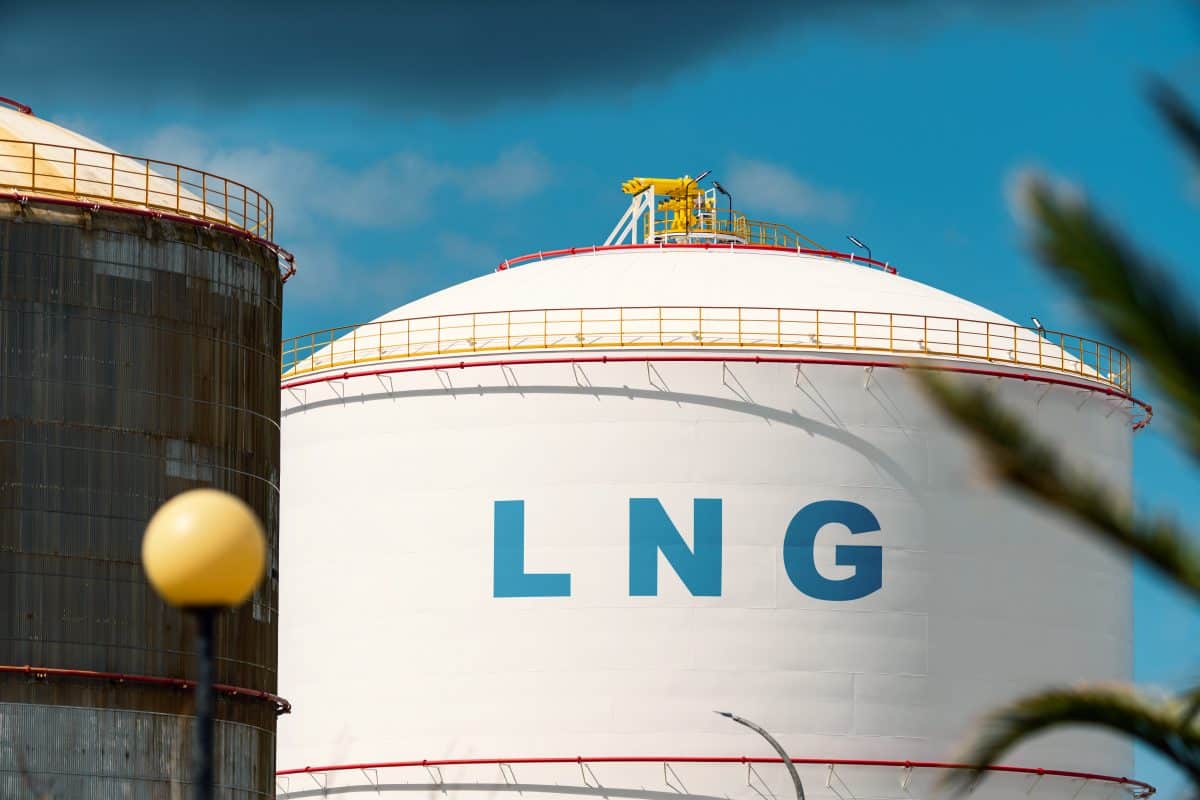The Dow Chemical Company (“TDCC”), a wholly owned subsidiary of Dow (NYSE: DOW), announced today the closing of its green bond offering of $600 million aggregate principal amount of 5.150% notes due 2034 and $650 million aggregate principal amount of 5.600% notes due 2054.
The notes represent the Company’s inaugural green financing instrument, in alignment with Dow’s Green Finance Framework (“Framework”) published on our website on January 25, 2024. The Framework was established to support the execution of Dow’s sustainability strategy and achieve its targets focused on climate protection and a circular economy. Dow intends to allocate proceeds from this offering toward projects that meet eligibility criteria contained within the Framework, including expenditures and investments related to our Fort Saskatchewan, Alberta Path2Zero project. Additional details on eligibility criteria and use of proceeds are available in the Framework.
“This green bond offering marks a foundational opportunity for investors to participate in Dow’s strategy to decarbonize and drive circularity while growing earnings over the cycle,” said Jeff Tate, Dow’s chief financial officer. “We expect the proceeds of this instrument to primarily support our project to build the world’s first net-zero Scope 1 and 2 emissions ethylene and derivates complex in Alberta, which achieved the critical milestone of final investment decision from our Board in November 2023.”
In 2020, Dow announced its intention to be carbon neutral for Scopes 1+2+3 plus product benefits by 2050. The commitment included a mid-term target to reduce by 2030 the Company’s Scope 1 and 2 net annual carbon emissions[1] by 5 million metric tons versus its 2020 baseline. Achieving this 2030 target represents a total 30% emissions reduction versus Dow’s 2005 level.
Additionally in 2022, Dow announced its Transform the Waste strategy – which will enable the development of circular ecosystems by transforming plastic waste and alternative feedstock to commercialize 3 million metric tons per year of circular and renewable solutions by 2030.
Carbon emissions refers to GHG emissions in carbon dioxide equivalent (CO2e).
Cautionary Statement about Forward-Looking Statements
Certain statements in this press release are “forward-looking statements” within the meaning of the federal securities laws, including Section 27A of the Securities Act of 1933, as amended, and Section 21E of the Securities Exchange Act of 1934, as amended. Such statements often address expected future business and financial performance, financial condition, and other matters, and often contain words or phrases such as “anticipate,” “believe,” “estimate,” “expect,” “intend,” “may,” “opportunity,” “outlook,” “plan,” “project,” “seek,” “should,” “strategy,” “target,” “will,” “will be,” “will continue,” “will likely result,” “would” and similar expressions, and variations or negatives of these words or phrases.
Forward-looking statements are based on current assumptions and expectations of future events that are subject to risks, uncertainties and other factors that are beyond Dow’s control, which may cause actual results to differ materially from those projected, anticipated or implied in the forward-looking statements and speak only as of the date the statements were made. These factors include, but are not limited to: sales of Dow’s products; Dow’s expenses, future revenues and profitability; any global and regional economic impacts of a pandemic or other public health-related risks and events on Dow’s business; any sanctions, export restrictions, supply chain disruptions or increased economic uncertainty related to the ongoing conflicts between Russia and Ukraine and in the Middle East; capital requirements and need for and availability of financing; unexpected barriers in the development of technology, including with respect to Dow’s contemplated capital and operating projects; Dow’s ability to realize its commitment to carbon neutrality on the contemplated timeframe, including the completion and success of its integrated ethylene cracker and derivatives facility in Alberta, Canada; size of the markets for Dow’s products and services and ability to compete in such markets; failure to develop and market new products and optimally manage product life cycles; the rate and degree of market acceptance of Dow’s products; significant litigation and environmental matters and related contingencies and unexpected expenses; the success of competing technologies that are or may become available; the ability to protect Dow’s intellectual property in the United States and abroad; developments related to contemplated restructuring activities and proposed divestitures or acquisitions such as workforce reduction, manufacturing facility and/or asset closure and related exit and disposal activities, and the benefits and costs associated with each of the foregoing; fluctuations in energy and raw material prices; management of process safety and product stewardship; changes in relationships with Dow’s significant customers and suppliers; changes in public sentiment and political leadership; increased concerns about plastics in the environment and lack of a circular economy for plastics at scale; changes in consumer preferences and demand; changes in laws and regulations, political conditions or industry development; global economic and capital markets conditions, such as inflation, market uncertainty, interest and currency exchange rates, and equity and commodity prices; business or supply disruptions; security threats, such as acts of sabotage, terrorism or war, including the ongoing conflicts between Russia and Ukraine and in the Middle East; weather events and natural disasters; disruptions in Dow’s information technology networks and systems, including the impact of cyberattacks; and risks related to Dow’s separation from DowDuPont Inc. such as Dow’s obligation to indemnify DuPont de Nemours, Inc. and/or Corteva, Inc. for certain liabilities.
Where, in any forward-looking statement, an expectation or belief as to future results or events is expressed, such expectation or belief is based on the current plans and expectations of management and expressed in good faith and believed to have a reasonable basis, but there can be no assurance that the expectation or belief will result or be achieved or accomplished. A detailed discussion of principal risks and uncertainties which may cause actual results and events to differ materially from such forward-looking statements is included in the section titled “Risk Factors” contained in the Company’s Annual Report on Form 10-K for the year ended December 31, 2023 and the Company’s subsequent Quarterly Reports on Form 10-Q. These are not the only risks and uncertainties that Dow faces. There may be other risks and uncertainties that Dow is unable to identify at this time or that Dow does not currently expect to have a material impact on its business. If any of those risks or uncertainties develops into an actual event, it could have a material adverse effect on Dow’s business. Dow Inc. and The Dow Chemical Company (“TDCC”) assume no obligation to update or revise publicly any forward-looking statements whether because of new information, future events, or otherwise, except as required by securities and other applicable laws.
By corporate.dow/ The Dow Chemical Company, February 9, 2024

